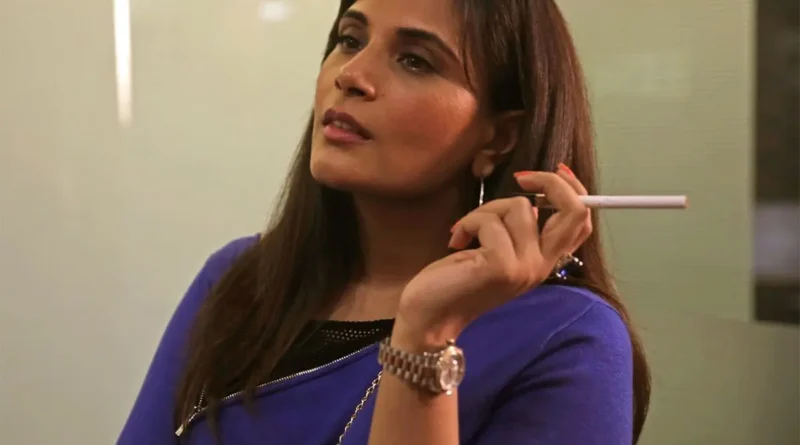Jane Fonda, Lily Tomlin, and Dolly Parton Lead the Charge in ‘9 to 5
Jane Fonda, Lily Tomlin, and Dolly Parton Lead the Charge in 9 to 5
The portrayal of women in cinema, whether in Bollywood or Hollywood, has long been a subject of debate, particularly when it comes to depictions of independence, feminism, and personal freedoms. In Bollywood, the image of a progressive woman is often associated with smoking and partying, a trope that has evolved over the years but still raises questions about stereotyping and reality. This discussion is timely, especially with actors like Richa Chadha speaking out about the changing narratives in Indian cinema.
Industry Pulse
The classic 1980 film 9 to 5, starring Jane Fonda, Lily Tomlin, and Dolly Parton, is a landmark in the portrayal of womens empowerment and the fight against sexism in the workplace. This comedy, which was initially intended to be darker, presents three working women driven to desperate measures against their sexist and abusive boss. The film, and its subsequent musical adaptation, has become an anthem for feminism, with Dolly Partons song “9 to 5” resonating as a powerful symbol of women’s ambition and resilience.
In contrast to the traditional Bollywood trope where women who smoke and drink are often depicted as vamps or degenerates, 9 to 5 offers a more empowering narrative. The film shows women taking control of their lives and workplaces, challenging patriarchal norms and stereotypes. This shift in narrative is reflective of broader changes in how women are portrayed in cinema, moving from objectified characters to strong, independent figures.
Star Spotlight
Richa Chadha, a prominent figure in Bollywood, has recently spoken about the evolving portrayal of women in Indian cinema. In a candid interview, Chadha discussed her journey through the industry, from challenging stereotypes to her latest role as a producer in the film Girls Will Be Girls. She emphasized the need for more authentic and diverse narratives, highlighting the importance of breaking away from traditional stereotypes and presenting women in a more realistic and empowering light.
Chadhas insights are particularly relevant in the context of films like Bareilly ki Barfi and Lipstick Under my Burkha, which feature women smoking as a symbol of liberation and independence. However, there is a ongoing debate about whether these depictions are genuine representations of womens empowerment or just another form of stereotyping.
Latest Developments
The conversation around womens portrayal in cinema is not limited to on-screen characters but also extends to real-life issues such as maternity and paternity leave, and the challenges faced by women in the industry. Richa Chadhas personal experiences and advocacy for better working conditions and more inclusive policies highlight the ongoing struggle for gender equality in the film industry.
Key Takeaways of News
- *Evolution in Portrayal: The depiction of women in cinema has undergone significant changes, moving from stereotypical vamps to strong, independent characters, as seen in films like 9 to 5 and recent Bollywood releases like Bareilly ki Barfi and Lipstick Under my Burkha*.
- *Real-Life Impact*: Actors like Richa Chadha are pushing for more authentic narratives and better working conditions, including advocacy for maternity and paternity leave, reflecting the broader struggle for gender equality in the industry.
- *Cultural Significance: Films like 9 to 5* continue to serve as powerful symbols of womens empowerment, with Dolly Partons song becoming an anthem for feminism and ambition, influencing generations of women in their fight against sexism and patriarchy.
- *Industry Trends*: The shift towards more empowering narratives is part of a larger trend in cinema, where women are increasingly portrayed as multidimensional characters rather than mere stereotypes, reflecting a growing demand for more realistic and diverse storytelling.




